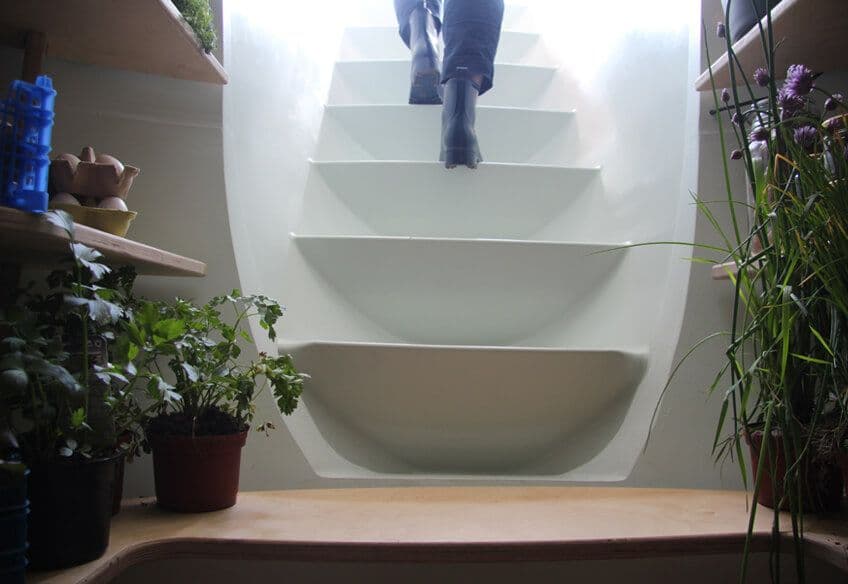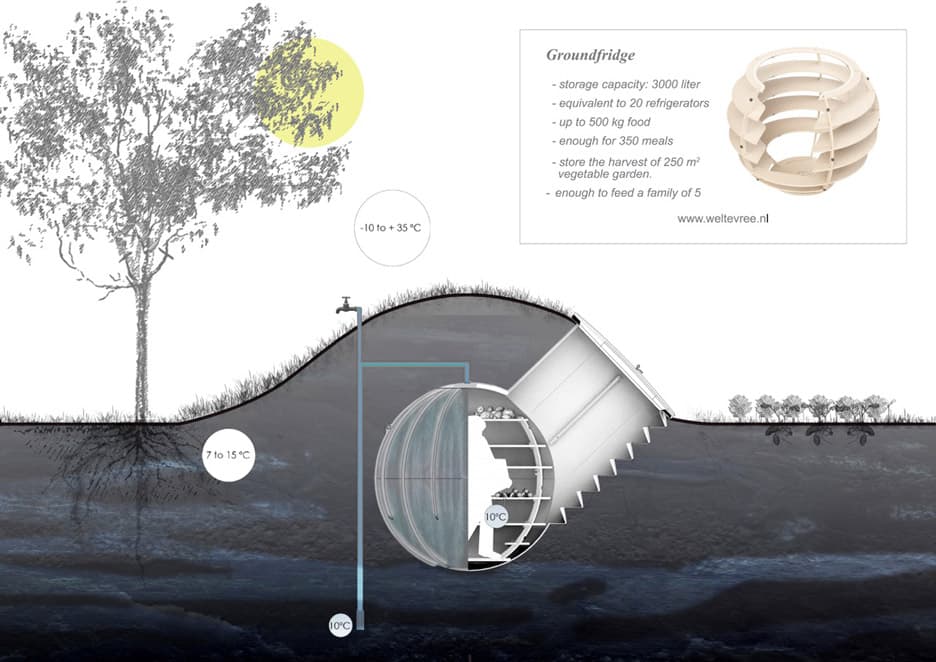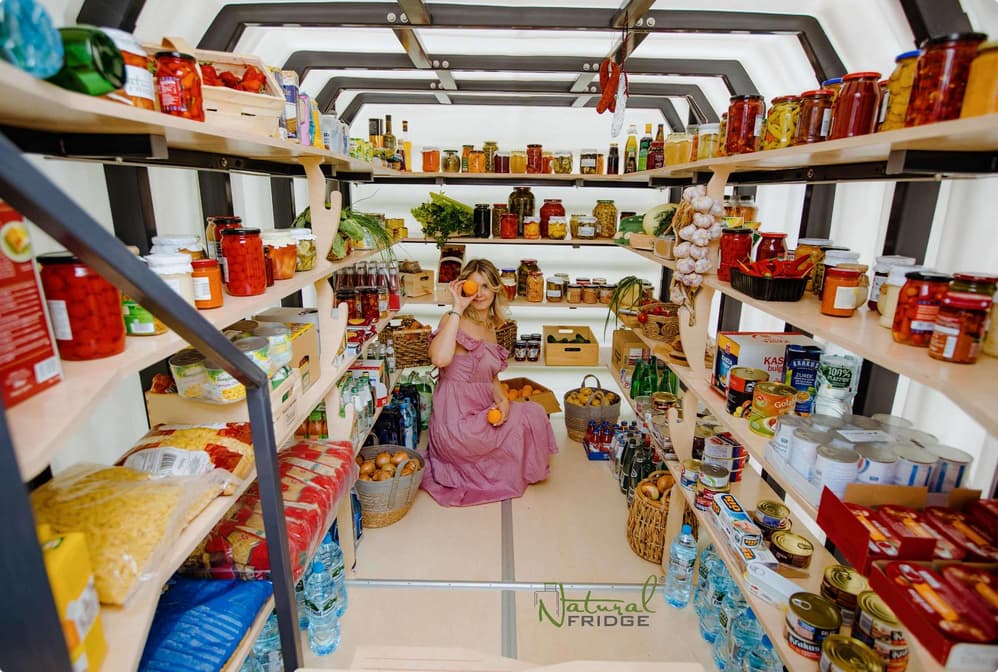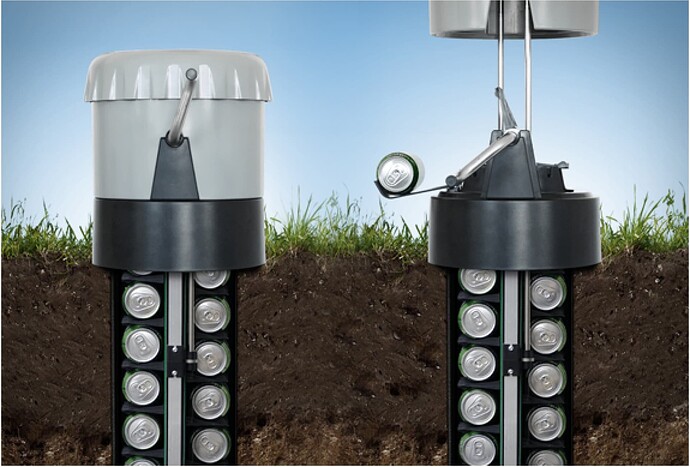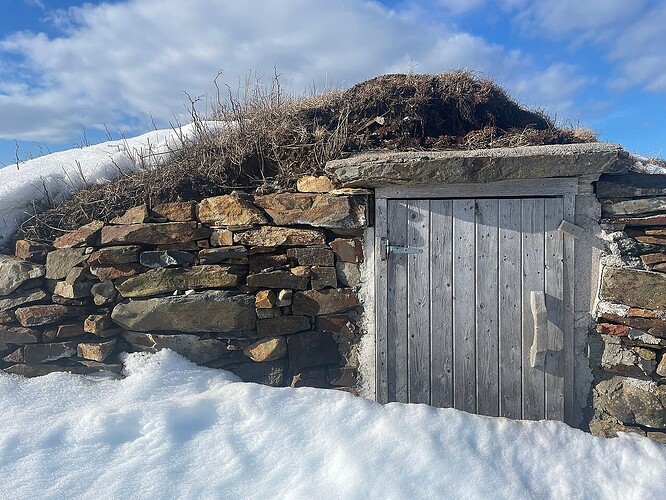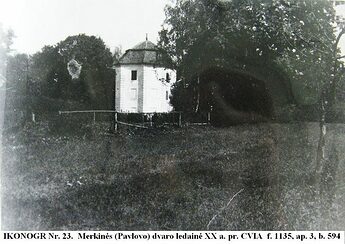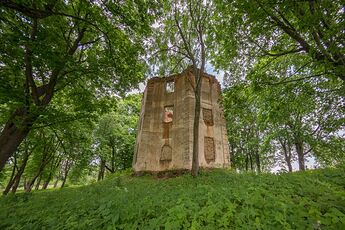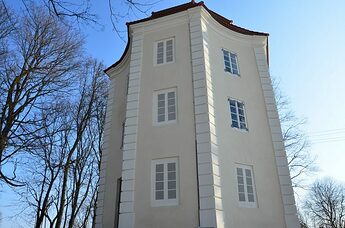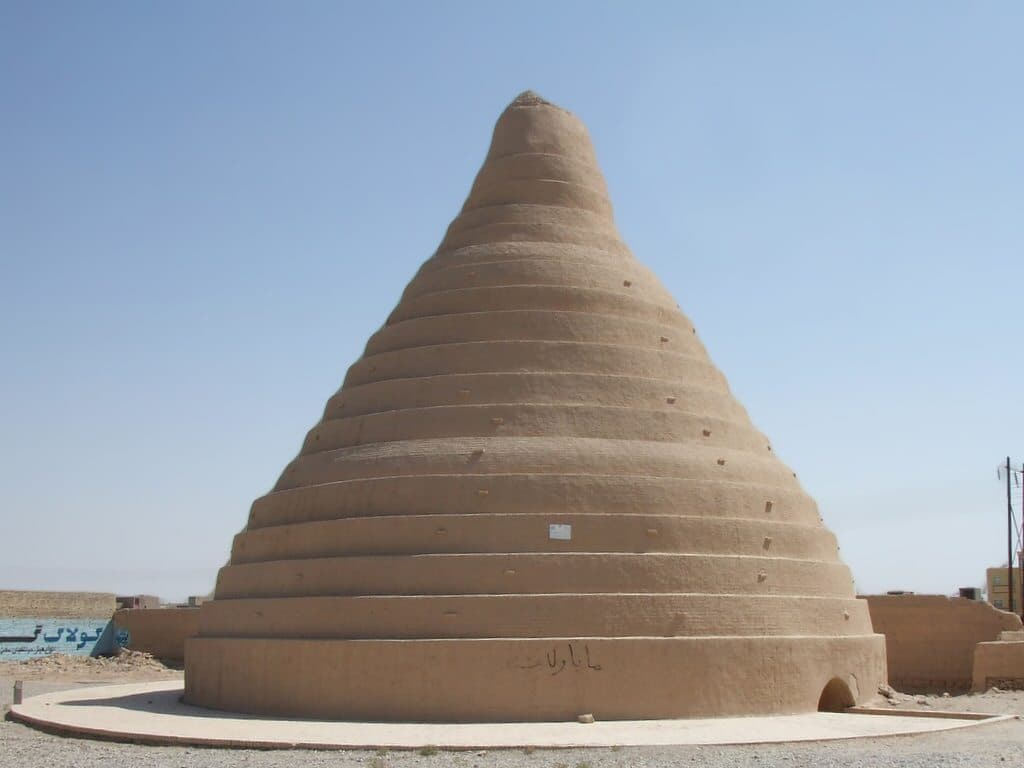Traditional way of keeping food cooled underground is not gone. I found several companies producing modernized versions of cellars as readymade plastic products. Plastic makes a lot of sense as a watertight material, but also calls for experiments to substitute it with something more environmentally friendly.
Veltevree Groundfridge proposes a spherical design, clearly optimized to resist soil pressure.
Ziemianka went a similar route, just with cylindrical geometry.
And as a more comical turn, Ecool is providing ground cooling for canned drinks. Ok ok, it is clearly for beer. Seem to be broke by now.
Adding a few types of traditional cold storages.
A root cellar (American and Canadian English), fruit cellar (Mid-Western American English) or earth cellar (British English) is a structure, usually underground or partially underground, used for storage of vegetables, fruits, nuts, or other foods. Its name reflects the traditional focus on root crops stored in an underground cellar, which is still often true; but the scope is wider, as a wide variety of foods can be stored for weeks to months, depending on the crop and conditions, and t Root c...
This typology in the context of richer manors grew into shapes of cooling towers. Like this in Lithuania (original/abandoned/restored)
Another shape adapted to middle east, often combined with ice-making pools is common in Iran region.
A yakhchāl (Persian: یخچال "ice pit"; yakh meaning "ice" and chāl meaning "pit") is an ancient type of ice house, which also made ice. They are primarily found in the Dasht-e Lut and Dasht-e-Kavir deserts, whose climates range from cold (BWk) to hot (BWh) desert regions.
In present-day Iran, Afghanistan, and Tajikistan, the term yakhchāl is also used to refer to modern refrigerators.
The structure typically had a domed shape above ground, a subterranean storage space, shade walls, and ice pools...
1 Like
